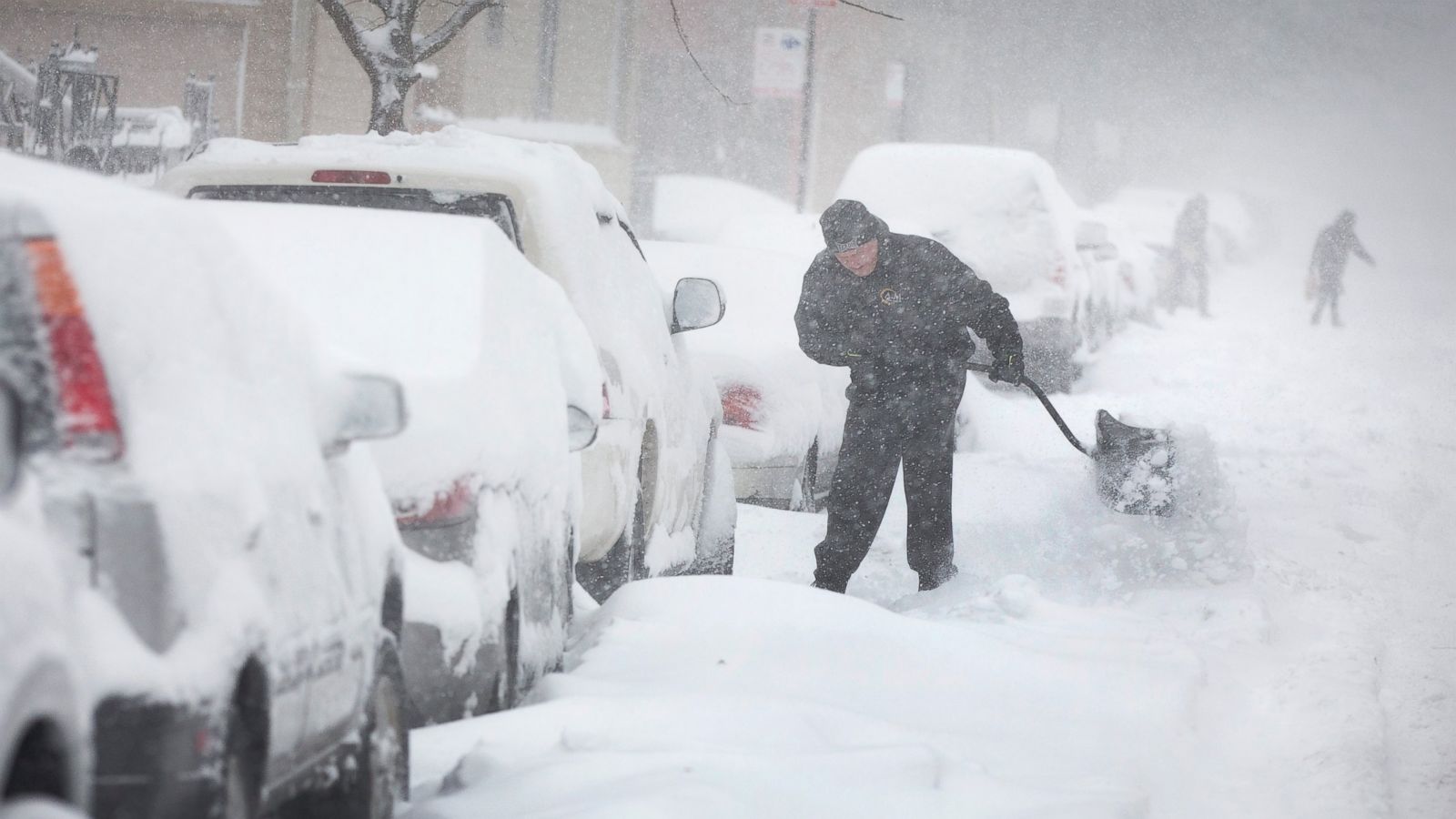
Blizzards are more than just heavy snowstorms. A blizzard is a severe snowstorm characterized by strong sustained winds of at least 35 mph and lasting for a prolonged period—typically three hours or more. These icy tempests can create whiteout conditions, making visibility near zero and travel extremely dangerous. Blizzards can cause significant damage, disrupt daily life, and even pose serious threats to safety. But what exactly makes these winter storms so powerful? How do they form, and what are their impacts? In this post, we'll uncover 30 fascinating facts about blizzards, shedding light on their formation, history, and the science behind these frosty giants. Get ready to dive into the chilly world of blizzards!
What is a Blizzard?
Blizzards are severe snowstorms characterized by strong winds and low visibility. These extreme weather events can disrupt daily life and pose significant dangers.
- A blizzard is defined by winds exceeding 35 mph and visibility reduced to less than a quarter mile for at least three hours.
- The term "blizzard" originated in the United States during the 19th century.
- Blizzards can cause whiteout conditions, making it nearly impossible to see anything.
- These storms can lead to significant snow accumulation, sometimes several feet deep.
- Blizzards often result in power outages due to heavy snow and ice damaging power lines.
How Blizzards Form
Understanding how blizzards form can help in predicting and preparing for these powerful storms.
- Blizzards form when cold air meets warm, moist air, creating a perfect storm of snow and wind.
- The Great Plains in the United States are particularly prone to blizzards due to their flat terrain and cold air masses.
- Coastal blizzards, known as "nor'easters," occur along the East Coast of the U.S. and can be especially severe.
- Blizzards can also form in mountainous regions where elevation changes can create intense weather patterns.
- Meteorologists use satellite data and weather models to predict blizzards and issue warnings.
Historical Blizzards
Some blizzards have left a lasting impact on history due to their severity and the damage they caused.
- The Great Blizzard of 1888 paralyzed the northeastern United States, dumping up to 50 inches of snow.
- The Schoolhouse Blizzard of 1888 struck the Great Plains, trapping many children in schoolhouses.
- The Armistice Day Blizzard of 1940 caught many by surprise, leading to over 150 deaths.
- The Blizzard of 1978 affected the Midwest and Northeast, causing widespread disruption and damage.
- The Superstorm of 1993, also known as the "Storm of the Century," impacted the entire eastern U.S. with blizzard conditions.
Effects of Blizzards
Blizzards can have a wide range of effects on both the environment and human activities.
- Blizzards can cause significant travel disruptions, grounding flights and closing roads.
- Heavy snow and ice can lead to roof collapses, especially on older buildings.
- Livestock and wildlife can suffer during blizzards due to lack of food and shelter.
- Blizzards can cause frostbite and hypothermia in humans if proper precautions are not taken.
- These storms can also lead to flooding when the snow melts rapidly.
Preparing for a Blizzard
Preparation is key to staying safe during a blizzard. Knowing what to do can make a big difference.
- Stocking up on food, water, and medical supplies is essential before a blizzard hits.
- Keeping a battery-powered radio can help you stay informed about weather updates.
- Insulating your home and ensuring you have a reliable heating source can prevent cold-related illnesses.
- Having a snow shovel and rock salt can help you clear paths and prevent slips.
- Creating an emergency kit with blankets, flashlights, and extra batteries is crucial.
Interesting Blizzard Facts
Blizzards have some fascinating aspects that might surprise you.
- Snowflakes in a blizzard can travel at speeds up to 40 mph.
- Blizzards can occur in regions that typically don't experience heavy snowfall, such as the southern United States.
- The deadliest blizzard on record occurred in Iran in 1972, killing approximately 4,000 people.
- Blizzards can create "snow drifts" that are much taller than the actual snowfall due to wind.
- Some blizzards are accompanied by "thundersnow," where thunder and lightning occur during the snowstorm.
The Final Flurry
Blizzards are more than just heavy snowstorms. They’re powerful forces of nature that can reshape landscapes, disrupt lives, and create stunning winter scenes. Knowing blizzard facts helps us understand their impact and how to stay safe when they hit. From the Great Blizzard of 1888 to modern-day storms, these weather events have left their mark on history.
Remember, blizzards aren’t just about snow; wind speeds, visibility, and temperature drops play crucial roles. Preparation and awareness can make all the difference. Whether you’re fascinated by their power or just want to be ready for the next big storm, these facts provide valuable insights. Stay informed, stay safe, and appreciate the incredible force that is a blizzard.
Was this page helpful?
Our commitment to delivering trustworthy and engaging content is at the heart of what we do. Each fact on our site is contributed by real users like you, bringing a wealth of diverse insights and information. To ensure the highest standards of accuracy and reliability, our dedicated editors meticulously review each submission. This process guarantees that the facts we share are not only fascinating but also credible. Trust in our commitment to quality and authenticity as you explore and learn with us.


